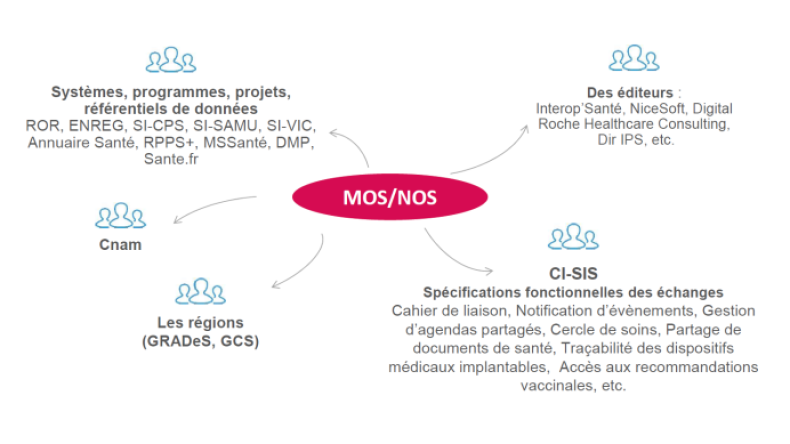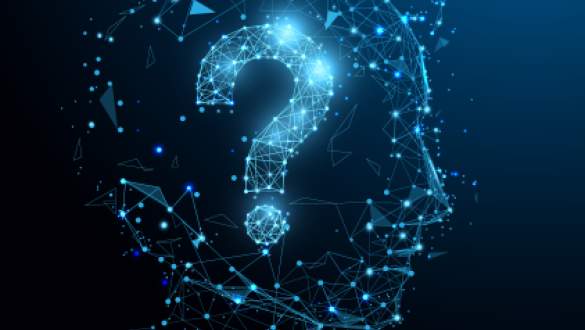Votre question concerne quel type d'offre ?
Votre question concerne quel couloir Ségur ?
Votre question concerne quel dispositif Ségur ?
Votre question concerne quel produit ou service produit?
Votre question concerne quelle thématique ?
Your application needs to be complete and signed, with all the following documents:
- the MDPH label rules, which describes the labelling process
- the convention regarding the use of the label, which defines the procedures that take place after the label is granted. For example: obligations tied to the label, audit visits, cases of modifying the label, etc.
- the annexes to the convention;
- the license of use for the labelled solution;
- the insurance security plan for the conformity checks relating to the MDPH label;
- if applicable, the decisions issued by partner organisations dealing with exchange fluxes (CNAF/SNGI, Imprimerie Nationale, etc.) to attest you are using the correct one.
The application must be sent in paper AND via electronic mail to:
Agence du Numérique en Santé
Labellisation logiciels Maisons Départementales des Personnes Handicapées
9 rue Georges Pitard 75015 Paris
labellisation.mdph@esante.gouv.fr
Cette réponse vous a-t-elle été utile ?
These documents are made available by the CNDA as a .zip file below.
Cette réponse vous a-t-elle été utile ?
Health professionals are encouraged to use MOS and NOS for three main reasons :
- enhance the interoperability of information systems by harmonising names, attributes, codes and nomenclatures;
- share the same understanding of the information, regardless of which directory or reference document it is taken from;
- facilitate the specification, analysis and conception of a project.
The ANS offers training on MOS-NOS and the elaboration method for exchanges’ functional specs (see our Documentation section).
The illustration below gives you examples of the types of professionals using the MOS-NOS:

Cette réponse vous a-t-elle été utile ?
The MOS is a collection of concepts described homogeneously and neutrally in terms of technologies. It offers a common description of the information processed and exchanged in the information systems to make digital communication easier.
The overall consistency of the MOS is founded on the definition and description of its UML (Unified Modelling Language) concepts.
Some MOS concepts can be coded. They are associated with the nomenclatures of health objects (NOS), i.e. lists of codes/labels.
You are encouraged to use MOS and NOS to :
- optimise and coordinate efforts when you analyse or conceive a system (or an application) by re-using the same semantic components;
- make sure there is consistency in your internal developments and with external systems, for the best possible interoperability.
Cette réponse vous a-t-elle été utile ?
The European Commission’s studies have determined there is a need for a base vocabulary, such as MOS and NOS, which can be used as a starting point for:
- develop and evolve information systems (IS) to formalise the conceptual and logical data they utilise (for instance, the MOS is a reference for the modelling of the RPPS);
- share information between ISs to create specific models of data they can use (thus, the MOS is underlying the ROR exposure model);
- combine and synthetise elements originating from different sources;
- publish data in a common format, such as a directory or catalogue of service (for example, the Annuaire Santé / Health Pro Directory).
Cette réponse vous a-t-elle été utile ?
The application for the SI-MDPH label is open to any legal entity with a software solution aimed at the departmental disability centres (MDPHs). This includes the MDPHs themselves, which develop their own solutions in conjunction with the relevant Departmental Council.
The label application is a voluntary process: Anyone can be a candidate if they feel that their solution complies with the current requirements and the scope of the sector’s functional standards.
Cette réponse vous a-t-elle été utile ?


